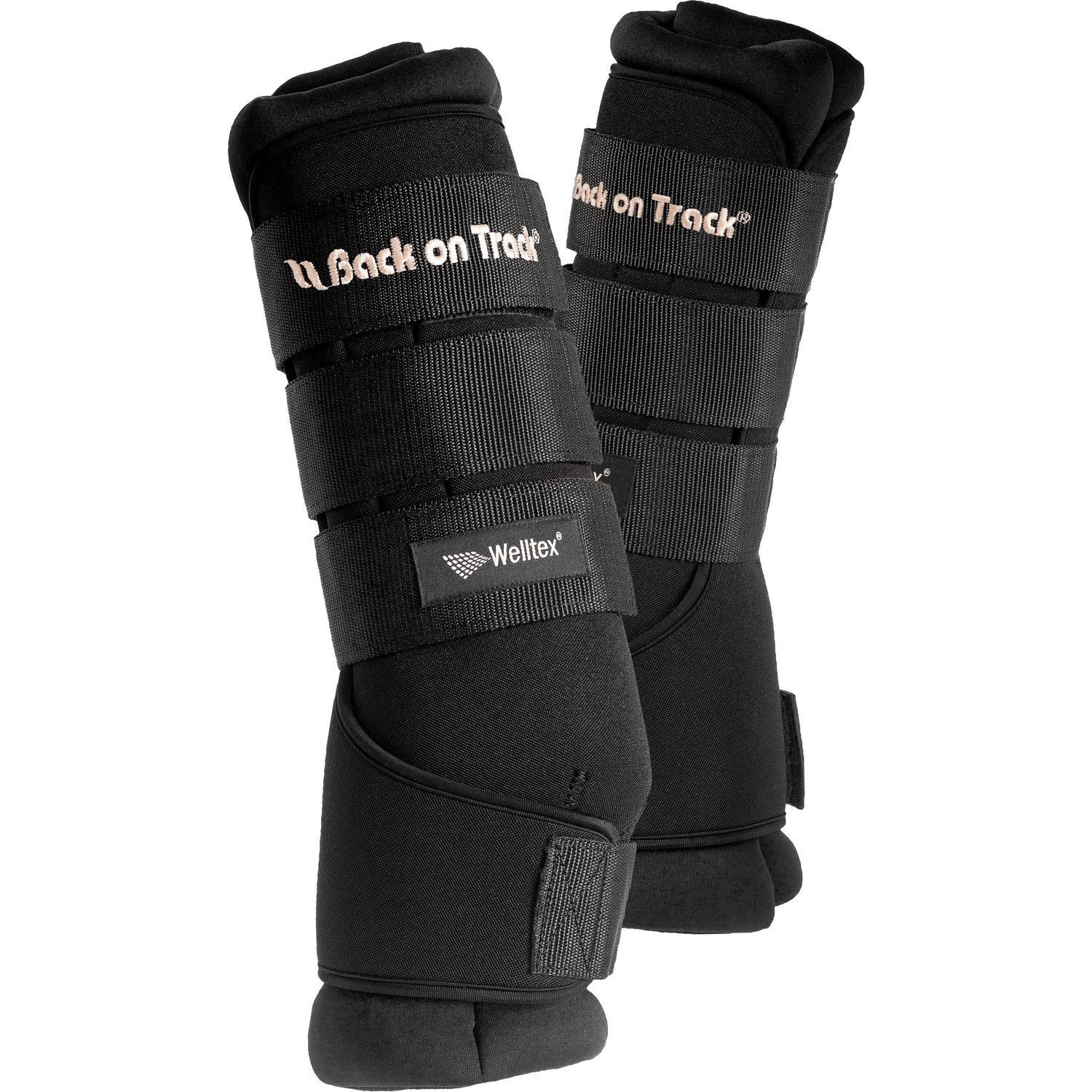Sedentary office work is already everyday life for a large part of the working population. But remote work during the pandemic has probably meant a lasting change; there are many indications that it is here to stay. This means that more and more people will probably work from home - and thus be confronted from morning to night with their own, non-ergonomic furniture.
This sometimes leads surprisingly quickly to problems from different parts of the body, with wrist pain, neck pain and lower back pain being the most common pain conditions. Mouse arm, tennis elbow and aching shoulders are other common problems, closely followed by neck stiffness and general poor posture - including the familiar "vulture neck".
The muscles and joints of the hands are not spared either; hand-intensive work affects a number of small muscles, joints, tendons and nerves, which can partly cause pain locally in the hands and fingers, but also pain that spreads to the wrist, elbow, shoulder or neck. The problems can sometimes manifest as numbness, tingling or weakness.
Overexertion without movement
Sitting in front of the computer all day is usually not considered physically demanding work. "Strenuous physical work" is associated with heavy lifting, demanding movements and muscle power. But many who are hardly considered to lift a finger at work have nevertheless become painfully aware of completely new and unfamiliar structures right from the hip area up to the base of the skull.
Sedentary work often involves an imperceptible, low-intensity war against gravity. The muscles struggle continuously to hold up the weight of different body parts, in a fixed, static position. The muscles never relax and are never stretched. In the end it hurts.
Is gravity your worst enemy?
Muscles, tendons and joints can be pushed to perform far beyond their capacity just by resisting gravity. It is enough to hold a body part still in a static position that requires continuous muscle tension - even without this simultaneously requiring strength, power or even movement. A tense muscle becomes short, stiff and has a reduced blood supply. It is the opposite of the type of work the body is designed for.
The effort also increases significantly if the body is incorrectly loaded. Holding up a head that hangs forward over the spine - for example, bent over a screen - requires significantly more of all the muscles, joints and tendons involved. The same conditions naturally apply in the rest of the body.
Correct working position and good blood circulation help
In short, the skeleton is designed to be loaded in a way that does not wear on the tissues that hold it together, balanced and even with well distributed weight. The muscles are made for dynamic work, movement and variety; then the blood circulation increases and the muscles become stronger. Anything that deviates too much from this requires compensations and adaptations of the body, which are harmful in the long run and often end up causing stiffness and pain.
The small, tiny movements required in front of a keyboard can cause a painful straight line that runs from the working fingers up to the head, via the wrists, forearms, elbow, shoulder and neck.
Some pain conditions are caused by the unfavourable positions the wrist takes when it is held slightly raised above the computer mouse and the arm is repeatedly moved back and forth. The effort can develop into inflammation in the muscles or pinched nerves.
Discover muscle and joint protection with therapeutic effect
Back on Track offers a variety of joint and muscle supports that can be of great help in both preventing and alleviating the problems that arise from monotonous movements and sedentary work.
They are all lined with Welltex®, which can increase blood circulation, soften tense muscles and contribute to recovery.
A wrist guard can be very helpful in supporting the wrist and restricting certain types of movement. The Carpus wrist braces, in two different versions, support the wrist and stabilise the bones of the hand with the help of wide support rails.
Because those who sit down a lot can suffer from lower back pain. Then one of our back braces can be of great help by providing extra support to the muscles in the area.
But most importantly: take regular breaks, straighten your back, get up and move regularly!


